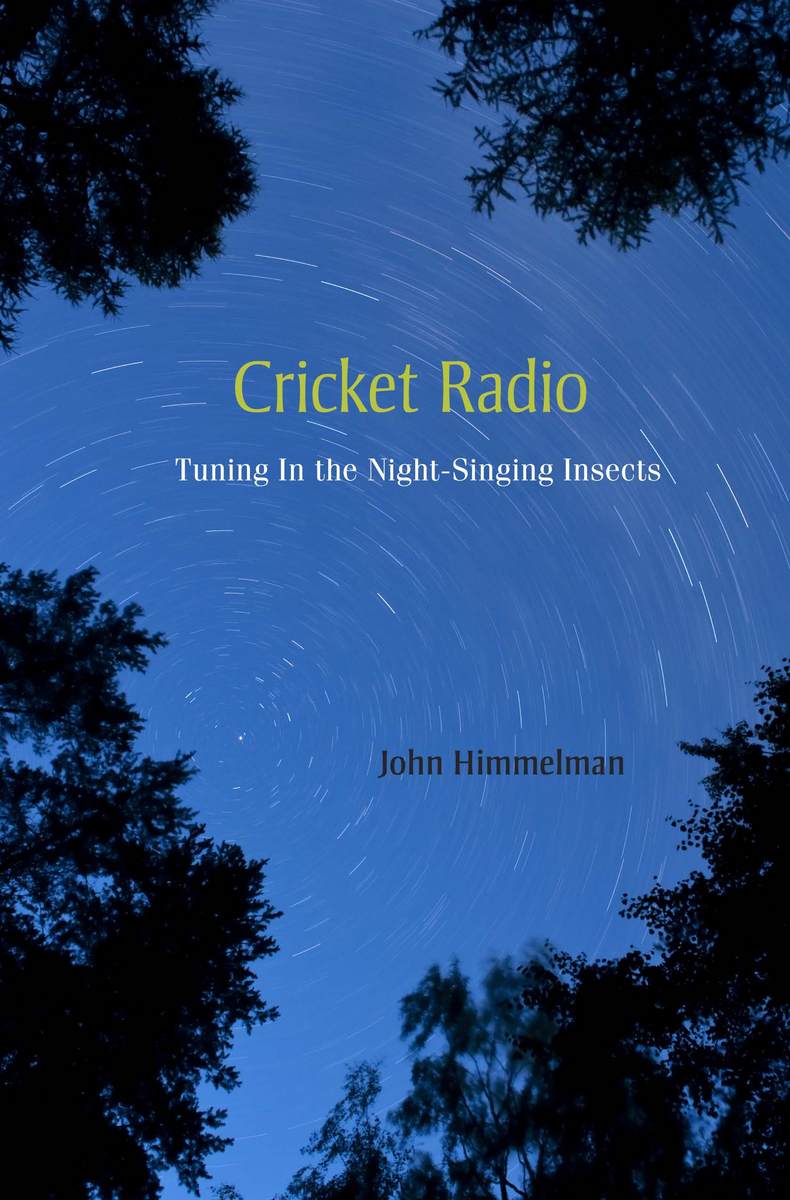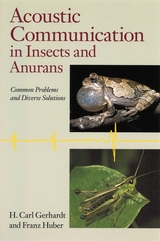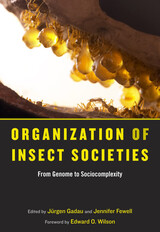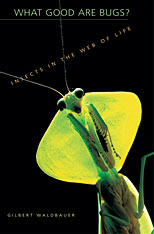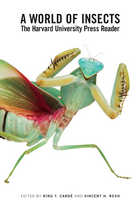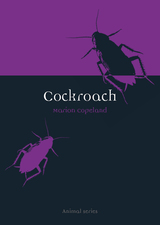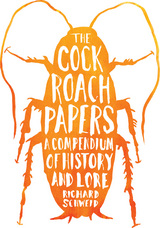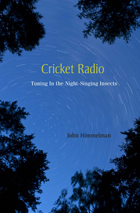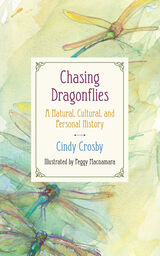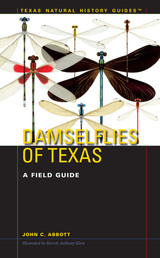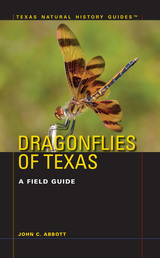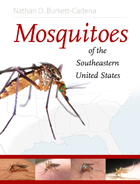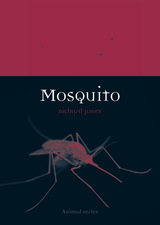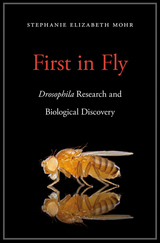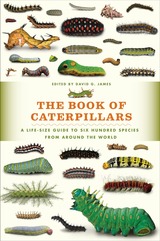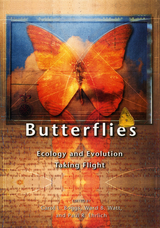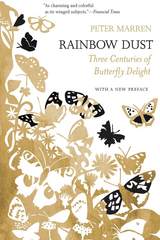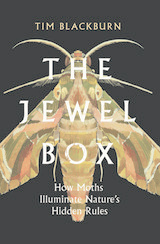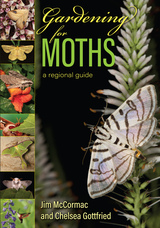Cricket Radio is beautifully written, and it deeply impressed even a hardened, grizzled cricketeer like me. I hope and believe that this book will find its way to not only entomologists and parents of budding entomologists everywhere, but also to the bookshelves of the birders of the world—who would have their eyes and ears opened to another major group of nature's singers.
-- Ronald R. Hoy, Professor of Neurobiology and Behavior, Cornell University
I could literally feel the obsession of John Himmelman for these animals, and it is contagious. This wonderful, engaging book brings us up close, in terms of the sensual, intellectual, and historical aspects of night-singing insects and the people who love and study them. Cricket Radio provides many points of contact and will open up a new window to the natural world that is available to almost everyone, everywhere. This book is a real treat.
-- Bernd Heinrich, author of The Nesting Season
In this ear-opening book, John Himmelman shows us not only how to identify the songs these insects have sung for 250 million years but what those songs mean and how they are made...He writes about the effect of these songs on human dreams; about the Ensifera (the night-singers: crickets, katydids and the like) and how the sounds they make stimulate the human brain...We humans have shut down our listening skills to survive in a confusingly noisy world. Learning to listen to these songs is nothing less than soul-stirring.
-- Susan Salter Reynolds Los Angeles Times
[An] engaging, knowledgeable portrait of "night-singing insects."...Cricket Radio is filled with stories of collecting trips in which the author finds previously unseen animals or identifies a species far outside its known range. In these moments, Himmelman's enchantment with the entomological soundscape is so complete that he can turn the most unpromising site--his Connecticut backyard, for example--into an insect lover's terra incognita, shimmering with possibility.
-- Hugh Raffles Wall Street Journal
At a time when night-singing insects have slipped beyond our notice--indeed, are more likely to be heard as previously-recorded NatureSounds than in a backyard--John Himmelman seeks to reconnect us to creatures whose songs form a part of our own natural history. On warm summer evenings, night-singing insects produce a whirring, chirping soundscape--a calming aural tapestry celebrated by poets and naturalists for millennia. But "cricket radio" is not broadcast for the easy-listening pleasure of humans. The nocturnal songs of insects are lures and warnings, full of risks and rewards for these tiny competitive performers. What moves crickets and katydids to sing, how they produce their distinctive sounds, how they hear the songs of others, and how they vary cadence, volume, and pitch to attract potential mates, warn off competitors, and evade predators is part of the engaging story Cricket Radio tells. Himmelman's narrative weaves together his personal experiences as an amateur naturalist in search of crickets and katydids with the stories of scientists who study these insects professionally. He also offers instructions for bringing a few of the little singers into our homes and gardens. We can, Himmelman suggests, be reawakened to these night songs that have meant so much to the human psyche. The online insect calls that accompany this colorfully illustrated narrative provide a bridge of sound to our past and to our vital connection with other species. If you enjoy night-singing insects you'll enjoy this book!
-- Ian Paulsen The Guardian online
Warm summer nights resonate with the chirruping of crickets and other night-singing insects. Amateur naturalist and writer John Himmelman seeks to reconnect us to these often-unseen musical creatures by mingling tales of his own searches for grasshoppers, cicadas and katydids with the latest professional research investigating why and how they sing, to attract mates and ward off predators.
-- Nature
[Himmelman] has written the most exuberant, thoughtful, and heart-felt work on singing insects ever published--a detailed assembly of scientific information blended with personal witness and nature writing the likes of which we rarely see...Eleven years in the making, Cricket Radio: Tuning In the Nightsinging Insects not only tells you all you'd ever want to know about the biology of sonic insects, but also about the author's experiences in stalking these wild and wonderful sounds for many years. He teaches us how to listen precisely on a cricket-stalking expedition, to move silently in the night woods, cup our hands to tune in to the source more accurately, and move closer to the quarry to capture the singer and figure out exactly who he is.
-- David Rothenberg Orion
Pity those who live with the ceaseless surf of urban noise and are denied the surround-sound pleasure of crickets and katydids winding their watches and shaking their maracas through languid summer nights. That music is the quintessential soundtrack to shooting stars, backyard barbecues, and quiet nights on docks and porches. Amateur naturalist John Himmelman understands the ancient allure of the night-singers, and his Cricket Radio is a work of obsessive and rambling scholarship that offers appreciation and information in equal measure.
-- Brad Zellar Utne Reader
